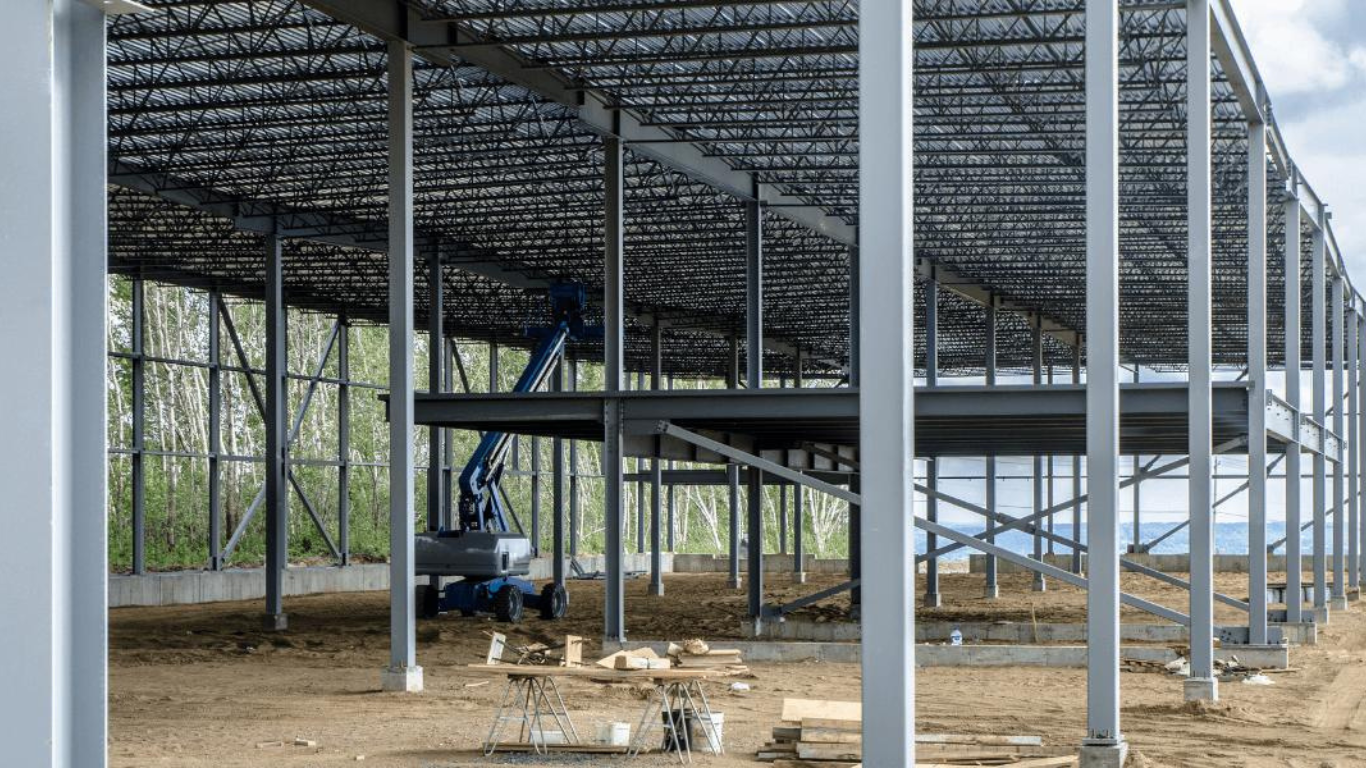Metal buildings are widely recognized for their durability, cost-effectiveness, and quick assembly. However, their structures can often lead to significant energy losses if not properly insulated. Insulation plays a crucial role in enhancing energy efficiency. Ensuring they are comfortable, environmentally friendly, and economically viable is essential.
This article explores the critical aspects of metal building insulation and its importance in optimizing energy usage. Adequate insulation is pivotal for maintaining internal temperature control and reducing operational costs. It also contributes to the overall sustainability of the structure. Understanding these benefits helps underscore the importance of proper covering in metal buildings.
Why Insulate Metal Buildings?
Temperature Control
They naturally conduct heat, which can lead to undesirable temperature fluctuations inside the structure. It can become excessively hot in the summer, while in the winter, it can be freezing. Proper covering helps stabilize the internal temperature, providing a comfortable environment regardless of external weather conditions.
Energy Savings
It significantly reduces the need for heating and cooling in these constructions. By maintaining a more consistent internal temperature, HVAC systems do not have to work as hard, which lowers energy consumption and reduces utility bills. For more insights on managing energy consumption effectively, resources like www.utilitybidder.co.uk/ can be very helpful.
Condensation Prevention
Condensation can occur when warm, moist air comes into contact with a cold metal surface. If not properly managed, this condensation can lead to water damage, mould growth, and corrosion. The barrier acts as a barrier, preventing the warm air from reaching the cold metal, thereby reducing the risk of condensation and associated problems.
Types of Insulation for Metal Constructions
Fibreglass Insulation
Fibreglass is one of the most common types of covering used in these constructions. This material is made from fine glass fibres and is available in batts or rolls that fit between the studs and beams. Fibreglass is favoured for its thermal resistance, sound absorption, and affordability.
Rigid Board Insulation
Rigid board insulation is made from polyurethane, polystyrene, or polyisocyanurate materials. These boards are known for their high R-values per inch, making them highly efficient in thermal resistance. Rigid boards can be cut to fit any space, making them ideal for uneven surfaces or layering over existing covering.
Spray Foam Insulation
Spray foam covering offers a high-performance solution by expanding to fill gaps and cracks in the structure. It provides excellent thermal insulation and air sealing, significantly reducing energy leakage. Although more expensive than other options, spray foam effectively adheres to the metal and creates a tight seal that improves the overall energy efficiency of the construction.
Reflective Insulation
They are also known as radiant barriers. Reflective covering works by reflecting radiant heat rather than absorbing it. This type of insulation is especially effective in hot climates where radiant heat transfer is a significant concern. It is typically installed in the attic or roof panels to reflect the sun’s heat away from the building, keeping it cooler in summer.
Installation Considerations
Proper installation is critical to the effectiveness of insulation in buildings. Gaps or voids in the covering must be avoided, as these can become pathways for heat and air to enter or escape. Additionally, seams and junctions must be sealed to enhance the overall air tightness of the building.
Metal building insulation is a critical step in achieving energy efficiency and operational cost savings in a Metal building. With various options offering distinct benefits, choosing the right type for a specific application is essential. By properly selecting and installing suitable covering, the energy performance of metal buildings can be significantly enhanced, leading to reduced energy costs, improved comfort, and a lesser environmental impact. This approach supports sustainable building practices and contributes to a more energy-efficient future.




